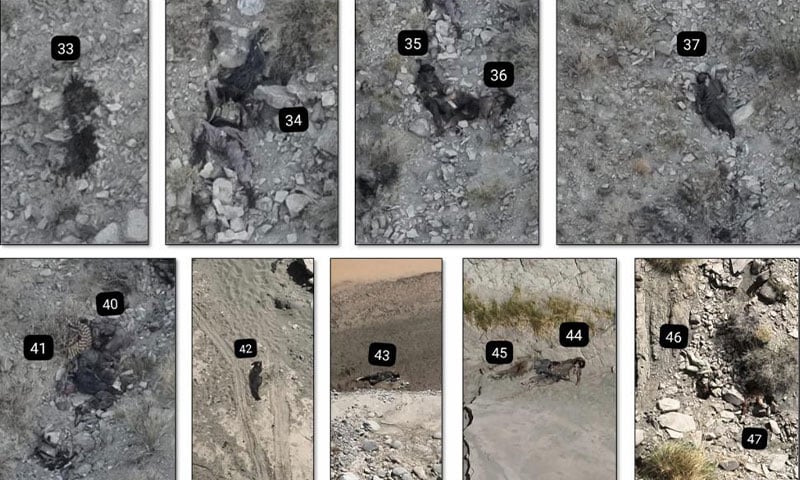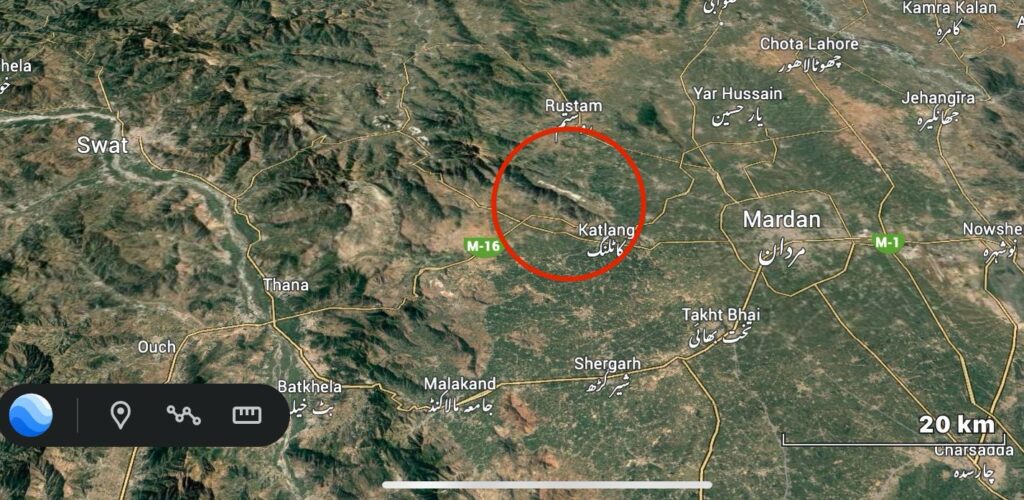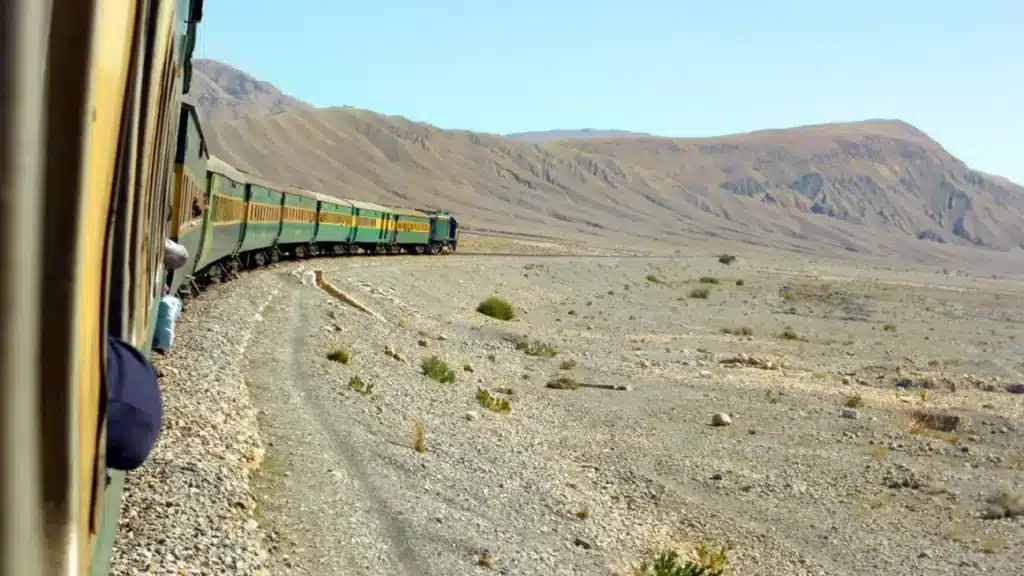RAWALPINDI: Pakistan Army said on Tuesday that they have killed 50 terrorists associated with Indian proxy Fitna al Khawarij in a four-day operation along the Pak-Afghan border in Zhob district of Balochistan.
The Pakistan Army media wing, the Inter Services Public Relations (ISPR), said in a statement that from 7 to 9 August 2025, forces engaged militants in the Sambaza area of Zhob, killing 47. On the night of 10/11 August, troops launched a deliberate sanitization operation in the surrounding border areas.
During the sweep, forces hunted down and neutralized three more Indian-sponsored terrorists. They also recovered weapons, ammunition, and explosives from the dead militants.
The total number of terrorists eliminated in the operation has now reached 50.
ISPR reaffirmed that security forces remain committed to defending Pakistan’s frontiers and foiling all attempts to sabotage peace, stability, and progress in the country.
Militants of the Tehrik‑e‑Taliban Pakistan (TTP), after their alliance with Fitna al Hindustan, have intensified operations in Balochistan, conducting attacks on security forces and critical infrastructure.
A recent United Nations report confirms growing coordination between the TTP and the Balochistan Liberation Army (BLA), with both groups reportedly sharing training camps and collaborating on terror attacks against security forces.
Also Read: CM Bugti: Fitna al Hindustan will not succeed in destabilizing Pakistan
In June 2024, Balochistan’s Home Minister revealed that captured TTP commander Nasrullah (“Maulvi Mansoor”) confessed to planning cross-border infiltration with assistance from a BLA guide and linkage with Majeed Brigade leader Bashir Zeb, aiming to sabotage CPEC projects and foster anarchy.
The convergence of ideological separatism with religious militancy in Balochistan signals a dangerous new trend in the region’s security landscape.





